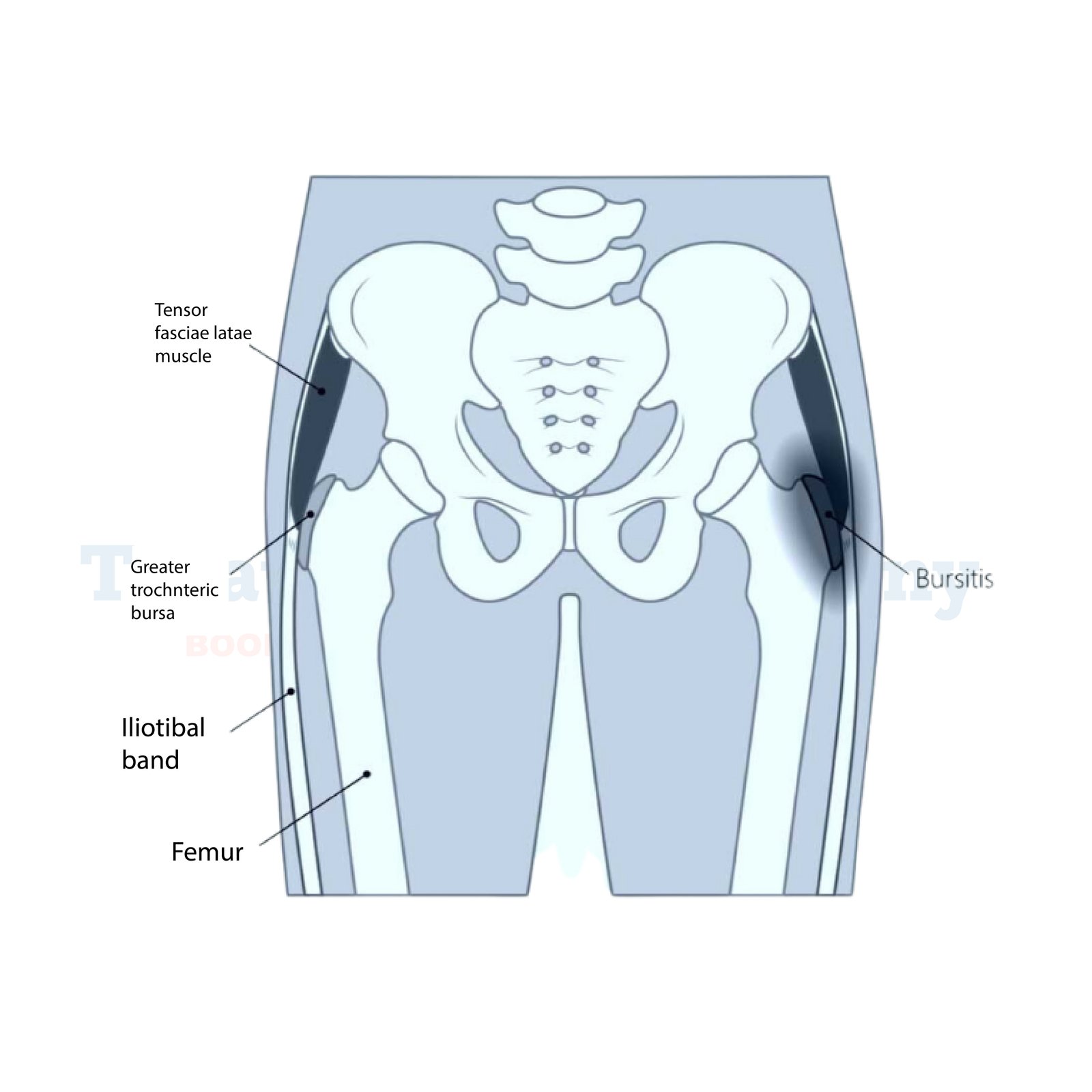Understanding Trochanteric Bursitis: A Guide for Patients Seeking Treatment in Germany
Trochanteric bursitis is a condition that causes pain and inflammation in the bursa located near the hip joint. The bursa is a small, fluid-filled sac that cushions the tendons and muscles around the hip, allowing smooth movement.
When this bursa becomes irritated or inflamed, typically due to repetitive stress or injury, it leads to trochanteric bursitis.
Symptoms of Trochanteric Bursitis:
Patients with trochanteric bursitis often experience pain on the outside of the hip and thigh area. The pain may worsen with activities such as walking, climbing stairs, or lying on the affected side.
In some cases, the pain may radiate down the thigh. Other common symptoms include tenderness over the hip joint and swelling around the hip area.
Diagnosis of Trochanteric Bursitis:
Diagnosing trochanteric bursitis usually involves a thorough physical examination by a healthcare provider, where they assess the location and severity of pain and tenderness. Imaging tests such as X-rays or MRI scans may be ordered to rule out other conditions and to confirm the diagnosis.
Sometimes, a diagnostic injection of local anesthetic into the bursa may be used to help identify if the pain is indeed coming from the bursa.
Treatment Options for Trochanteric Bursitis:
Treatment for trochanteric bursitis aims to relieve pain, reduce inflammation, and improve mobility. In Germany, treatment options may include:
👉 Contact us for further information and receive a complimentary consultation.

.webp)
.webp)
 (1).webp)
 (1).webp)

.webp)
.webp)
 (1).webp)
 (1).webp)
